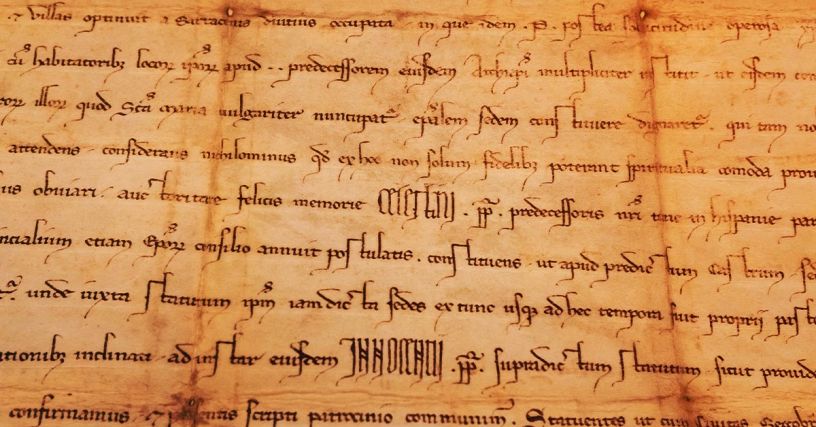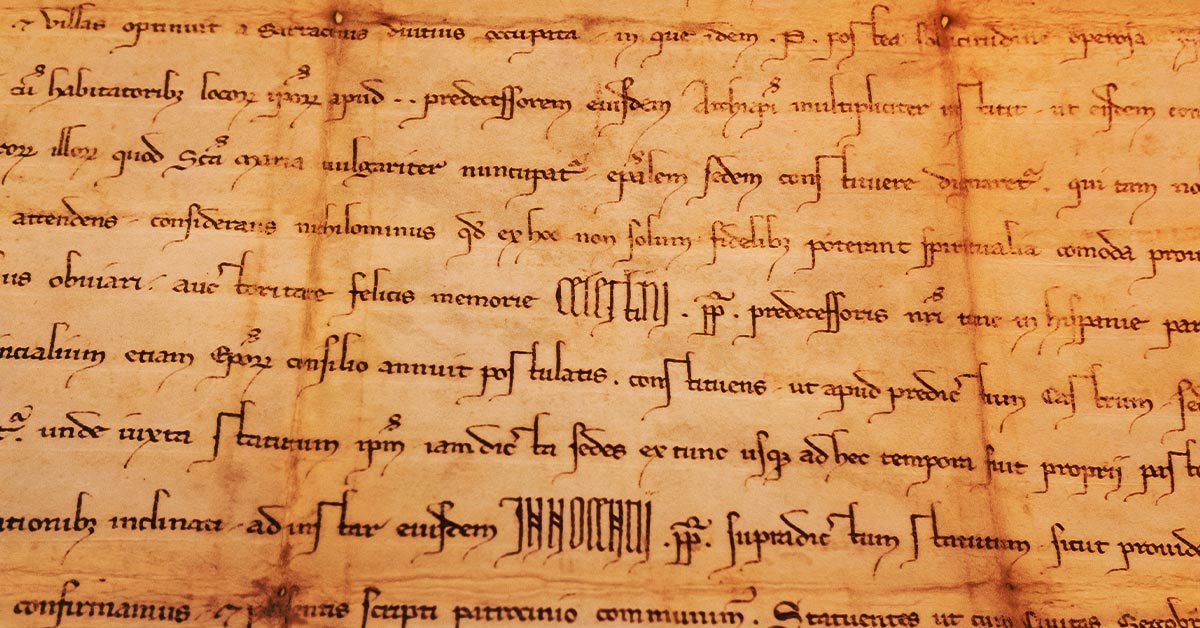Science and History collide as NASA assisted the National Archives in determining why the Constitution is developing white splotches!
As every collector of rare books and documents knows, one of the biggest barriers to collecting is preservation. The effect of time, dust, light, and moisture in the environment on paper and parchment can often lead to discoloration and degradation.
This is no different for historical documents, whose caretakers go to great pains to preserve history’s most important works. The Constitution of the United States was penned in 1787. Thirty-nine men, representing twelve states signed. They included Benjamin Franklin, James Madison, Alexander Hamilton, and George Washington among many others. The National Archive in Washington, DC is the home of the Constitution.
The Constitution only left the archive for a temporary stay at Fort Knox after the bombing of Pearl Harbor during World War II. Since 1953, all four pages of the Constitution have been on display in the Rotunda of the Charters of Freedom. The Rotunda is also home to
the Declaration of Independence and the Bill of Rights.
Archivists placed the document in a sealed glass encasement filled with inert helium gas. The helium gas creates a safe atmosphere for the pages, protecting them from damage due to chemical corrosion from the air. However, as the years passed, archivists noticed white splotches appearing on the Constitution. Why was this happening? What were the splotches and how to prevent them spreading. The case can not be opened. That would create more opportunities for risky exposure to the elements. The archivists called upon America’s foremost atmospheric scientists to do this: NASA.
 Using laser spectroscopy, NASA determined that the inert helium had not broken down and was still present inside the case. So the initial fears that it had degraded, leaving the parchment entirely unprotected, was not a concern. However, the humidity in the case was nearly twice what it should be to offer the Constitution optimum protection. Water vapor was absorbed by the backing material of the Constitution. The document itself was resting on something far too damp to offer it protection. The dampness could not escape the box or the backing and slowly damaged the Constitution. The white spots on the parchment were chemicals from the glass that were leaching out of it due to the high amount of water vapor within the case.
Using laser spectroscopy, NASA determined that the inert helium had not broken down and was still present inside the case. So the initial fears that it had degraded, leaving the parchment entirely unprotected, was not a concern. However, the humidity in the case was nearly twice what it should be to offer the Constitution optimum protection. Water vapor was absorbed by the backing material of the Constitution. The document itself was resting on something far too damp to offer it protection. The dampness could not escape the box or the backing and slowly damaged the Constitution. The white spots on the parchment were chemicals from the glass that were leaching out of it due to the high amount of water vapor within the case.
Armed with this information, the National Archive created a new case for the Constitution in 2003. This new case made of titanium utilizes inert argon gas rather than helium, making it much more humidity-resistant. This ensures that ink will not flake off and that no more splotches form on the parchment. Another save by the hard work of the archivists and preservation specialists at the National Archive and NASA!
Picture Above: NASA mini-cooler on encasement of the U.S Constitution
For Complete article: https://blog.bookstellyouwhy.com/how-nasa-helped-preserve-the-us-constitution









